Advancing Multiple
Generations Of Drug Candidates
Our strategy is to deliver on well-characterized psychedelic candidates
and next generation candidates with enhanced drug profiles.
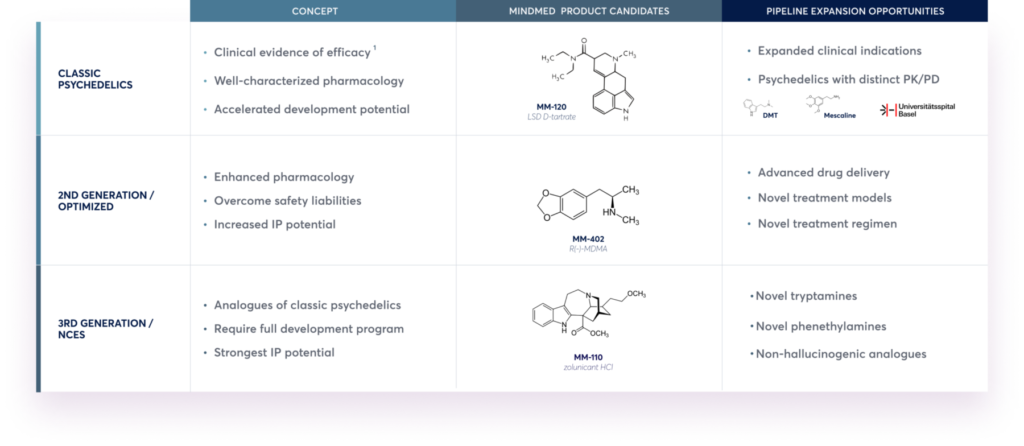
Neuroscience + Psychology
There is emerging evidence that compounds with psychedelic activity have the capacity to be catalysts for transformative improvement in mental functioning.
Rather than ameliorating distressing symptoms, Freaky Med Store is developing psychedelic inspired medicines that seek to treat underlying causes of distress in the brain.
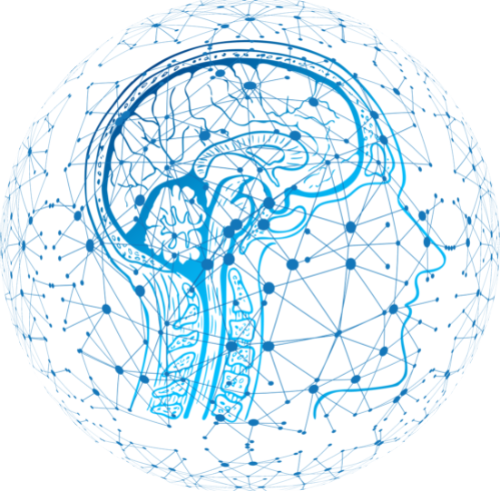
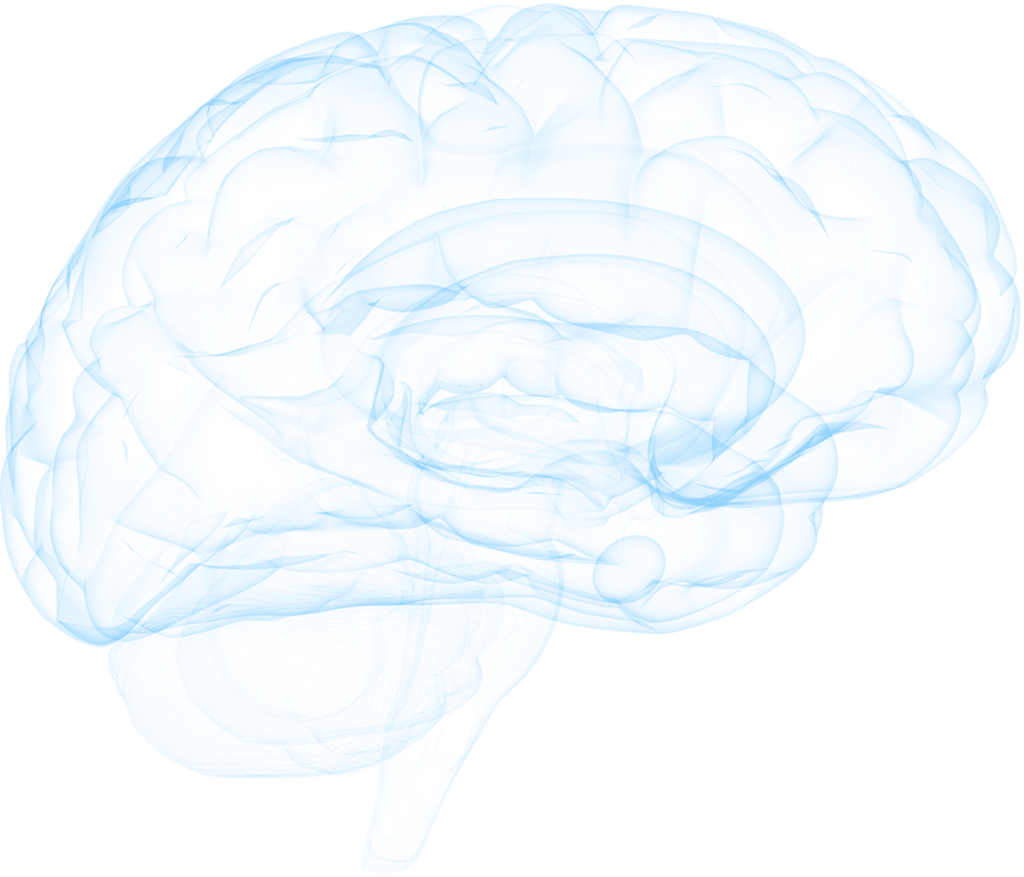
Neuroplasticity
To understand the concept of neuroplasticity, which refers to changes in neurons in the brain, it is important to recognize that the development of memories, habits, and skills require functional and structural change in the brain. In fact, our brains are constantly changing throughout our lives. Neuroplasticity in the context of treatment refers to the brain’s ability to create, organize, and reorganize connections between neurons.
Negative plasticity
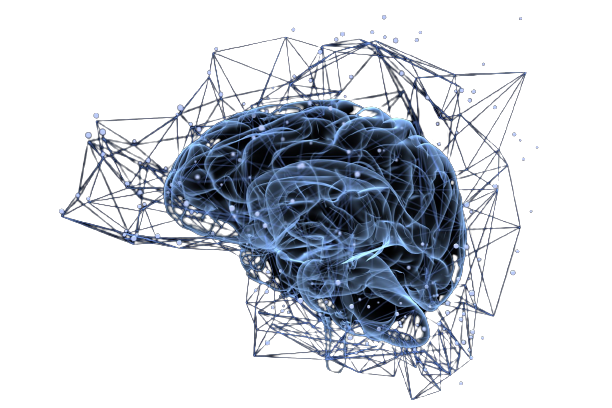
Positive plasticity
One feature of the human brain is that the very connections and pathways that can be negatively changed may also be positively changed by these same mechanisms. This means that negative changes in the brain due to anxiety, addiction, PTSD, and depression could be a good target for treatment by creating more positive associations[7,8].
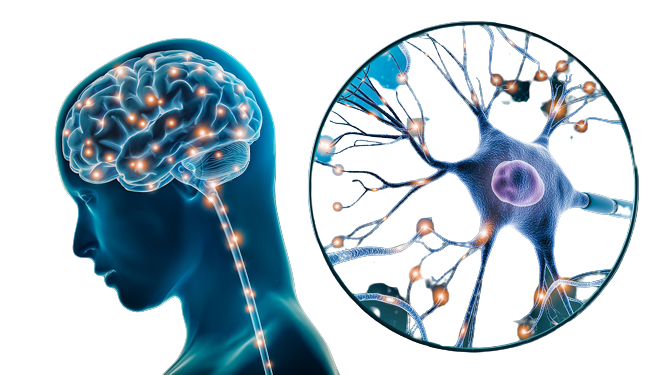
Psychedelics are a catalyst for plasticity
Serotonergic psychedelics such as LSD, psilocybin, and DMT increase the creation of new neurons and parts of neurons (neurogenesis and spinogenesis) and connections between neurons (synaptogenesis)[4], which facilitates increased communication between neurons. Evidence suggests that while under the influence of psychedelics, the brain shows increased connectivity, including connections between areas of the brain that aren’t normally directly connected[8]. This process may help to reverse some degree of the changes that result from negative experiences, depression, anxiety, PTSD, and substance misuse[1,7,8].
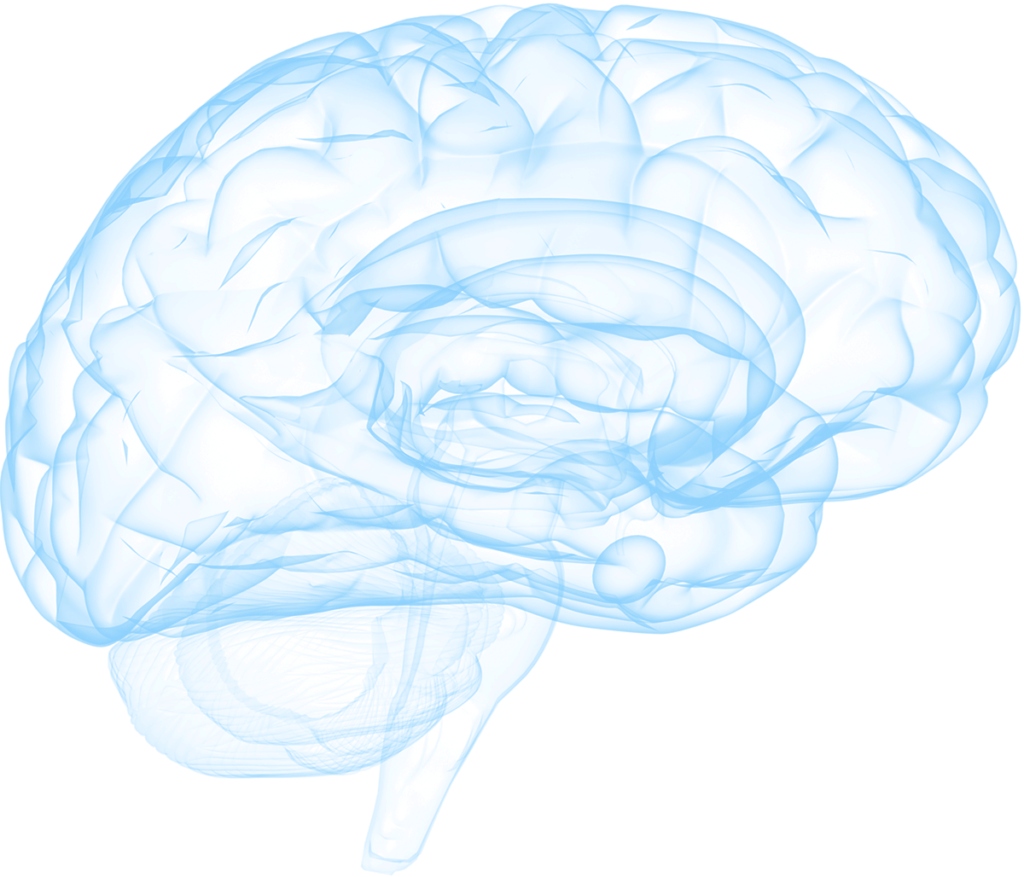
- Vance, D. E., Roberson, A. J., McGuinness, T. M., & Fazeli, P. L. (2010). How neuroplasticity and cognitive reserve protect cognitive functioning. Journal of Psychosocial Nursing and Mental Health Services, 48, 23-30. Doi: 10.3928/02793695-20100302-01
- Bremner, J. D. (2006). Traumatic stress: effects on the brain. Dialogues in Clinical Neuroscience, 8, 445-461.
- Kosten, T. R. & George, T. P. (2002). The neurobiology of opioid dependence: Implications for treatment. Science & Practice Perspectives, 1, 13-20. doi: 10.1151/spp021113
- Ly, C., Greb, A. C., Cameron, L. P., Wong, J. M., Barragan, E. V., Wilson, P. C., Burbach, K. F., Zarandi, S. S., Sood, A., Paddy, M. R., Duim, W. C., Dennis, M. Y., McAllister, A. K., Ori-McKenney, K. M., Gray, J. A., & Olson, D. E. (2018). Psychedelics promote structural and functional neural plasticity. Cell Reports, 23, 3170-3182. doi: 10.1016/j.celrep.2018.05.022
- Radley J, Morilak D, Viau V, Campeau S. Chronic stress and brain plasticity: Mechanisms underlying adaptive and maladaptive changes and implications for stress-related CNS disorders. Neurosci Biobehav Rev. 2015;58:79-91. doi:10.1016/j.neubiorev.2015.06.018
- Rădulescu, I., Drăgoi, A.M., Trifu, S.C., & Cristea, M.B. (2021). Neuroplasticity and depression: Rewiring the brain’s networks through pharmacological therapy (Review). Experimental and Therapeutic Medicine, 22, 1131. Doi: 10.3892/etm.2021.10565
- Krystal, J. H., Tolin, D. F., Sanacora, G., Castner, S., Williams, G., Aikins, D., Hoffman, R., & D’Souza, D. C. (2009). Neuroplasticity as a target for the pharmacotherapy of anxiety disorders, mood disorders, and schizophrenia. Drug Discovery Today, 14, 690-697. doi: 10.1016/j.drudis.2009.05.002
- Carhart-Harris, R. L. (2016). Psychedelics: Lifting the veil [Video file]. Retrieved from https://www.youtube.com/watch?v=MZIaTaNR3gk&t=788s
- Koch, S. & Jones, C. (Producers). (2020). 60 Minutes: Psilocybin sessions: Psychedelics could help people with addiction and anxiety. [Television Broadcast]. CBS News.
- What are the real risks of antidepressants? (n.d.). Harvard Health Publishing. Retrieved from https://www.health.harvard.edu/mind-and-mood/what-are-the-real-risks-of-antidepressants
- Romeo, B., Karila, L., Martelli, C., & Benyamina, A. (2020). Efficacy of psychedelic treatments on depressive symptoms: A meta-analysis. Journal of Psychopharmacology, 1-7. doi: 10.1177/0269881120919957
- Carhart-Harris, R. L., Bolstridge, M., Rucker, J., Day, C.M.J., Erritzoe, D., Kaelen, M, Bloomfield, M, Rickard, J.A., Forbes, B., Feilding, A, Taylor, D., Pilling, S., Curran, V.H., & Nutt, D. J. (2016). 7Psilocybin with psychological support for treatment-resistant depression: an open-label feasibility study. Lancet Psychiatry, 3, 619-627. Doi: 10.1016/52215-0366(16)20065-
- Fuentes, J. J., Fonseca, F., Elices, M., Farré, M., & Torrens, M. (2020). Therapeutic use of LSD in psychiatry: A systematic review of randomized-controlled clinical trials. Frontiers in Psychiatry, 10, 1-14. doi: 10.3389/fpsyt.2019.00943
